Exploring Solana Projects: A Deep Dive into Raydium
 Devesh Ochani
Devesh Ochani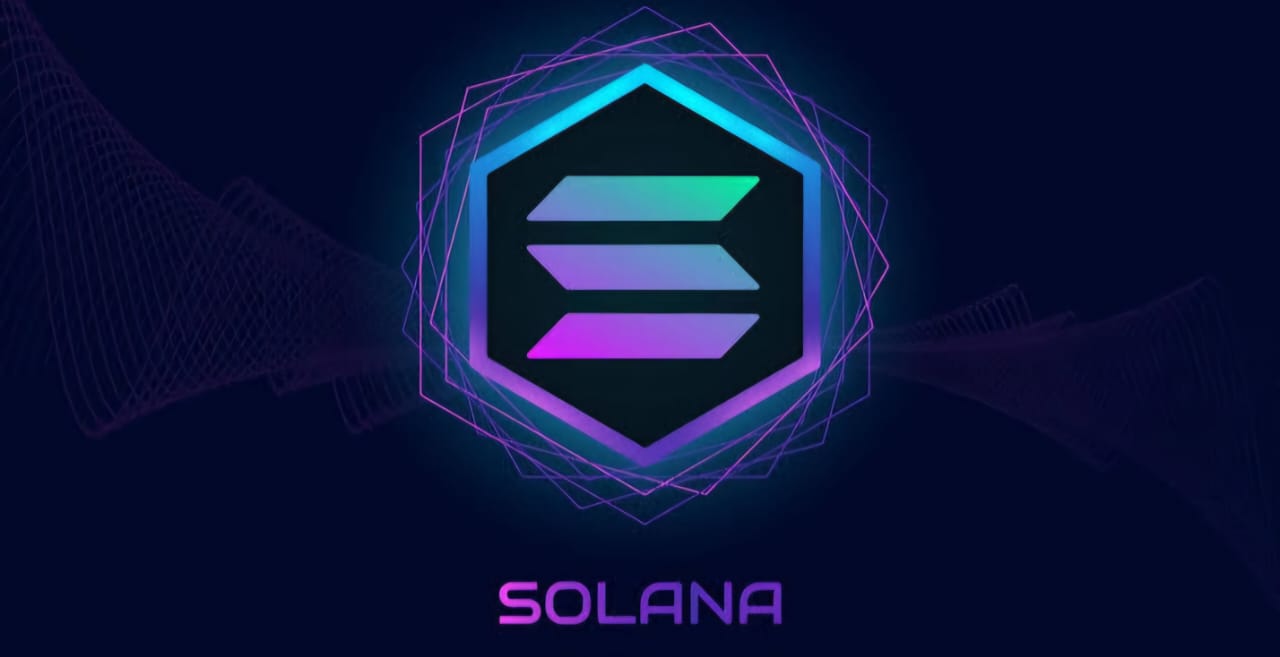
Introduction About Solana Projects
Solana is currently one of the fastest blockchains on the market. This makes it a very popular choice for both investors and users looking for a worthwhile competitor in the dApp space. Solana even leaves the most popular option Ethereum in the dust with its speed and cost.
Solana is a third-generation blockchain built to solve the problems that plague Ethereum. These include heavy network congestion and astronomically high costs. Launched in 2020, the Solana blockchain has been highly successful in addressing these concerns.
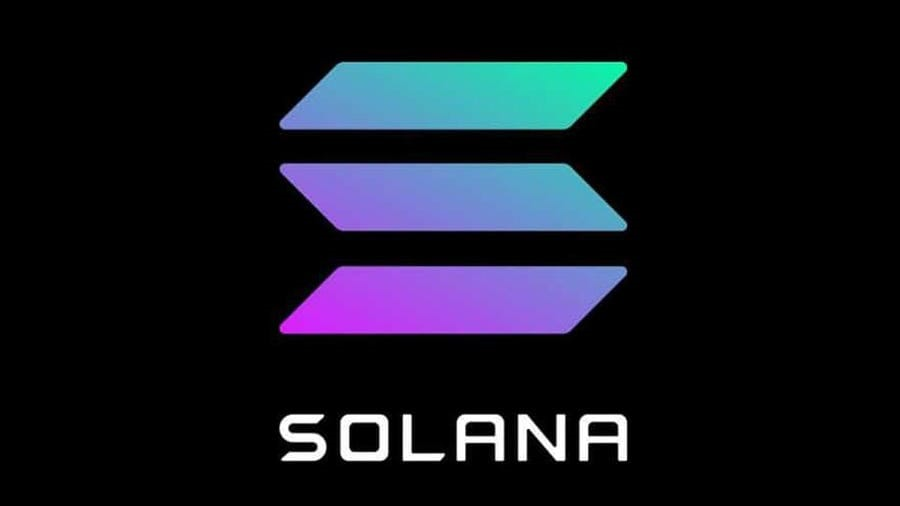
What is Solana ?
Solana can also be used by developers to create decentralised applications. Its development environment uses Rust, which is a popular programming language in the industry. These applications and projects may be in the form of DeFi apps, NFTs or even games.
Raydium is one of the successful project of Solana.
What is Raydium?
Raydium is an Automated Market Maker (AMM) and liquidity provider developed on the Solana blockchain. It is designed to facilitate fast, cost-efficient trading on the Serum decentralized exchange (DEX), a high-performance, decentralized trading platform also built on Solana.
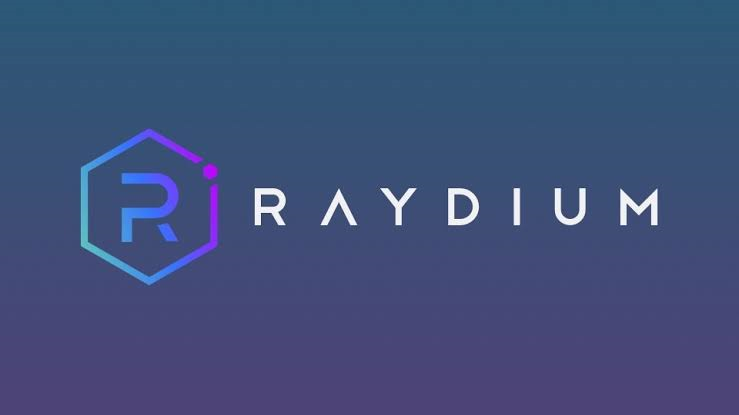
How Raydium Works ?
Raydium works similarly to other AMMs, like Uniswap or SushiSwap on Ethereum, by allowing users to trade directly from liquidity pools rather than relying on traditional order books that require a counterparty for each trade. However, Raydium differentiates itself by also providing on-chain liquidity to Serum's central limit order book. This unique feature means that Raydium users can interact with the entire Serum ecosystem, enabling them to place Limit Orders, Market Orders, and more while benefiting from the liquidity and speed of an AMM model.
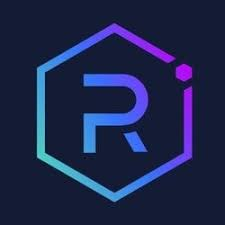
Key Features of Raydium
1. Liquidity Pools:
Users can deposit tokens into various liquidity pools to provide liquidity to the market. In return, they earn rewards such as a share of transaction fees or additional tokens.
2. Yield Farming:
Raydium offers yield farming opportunities where users can earn the RAY token by staking liquidity provider (LP) tokens. This incentivizes liquidity provision and increases the platform's liquidity depth.
3. AcceleRaytor:
A launchpad for new projects on Solana, allowing users to participate in Initial DEX Offerings (IDOs) and gain early access to new tokens.
4. Integration with Serum:
By integrating with Serum’s order book, Raydium enhances trading efficiency and liquidity on the platform, allowing for a more comprehensive trading experience.
5. Fast and Low-Cost Transactions:
Built on Solana, Raydium benefits from the blockchain’s high throughput (processing up to 65,000 transactions per second) and low fees, making trading and liquidity provision fast and cost-effective.
RAY Token Use Cases
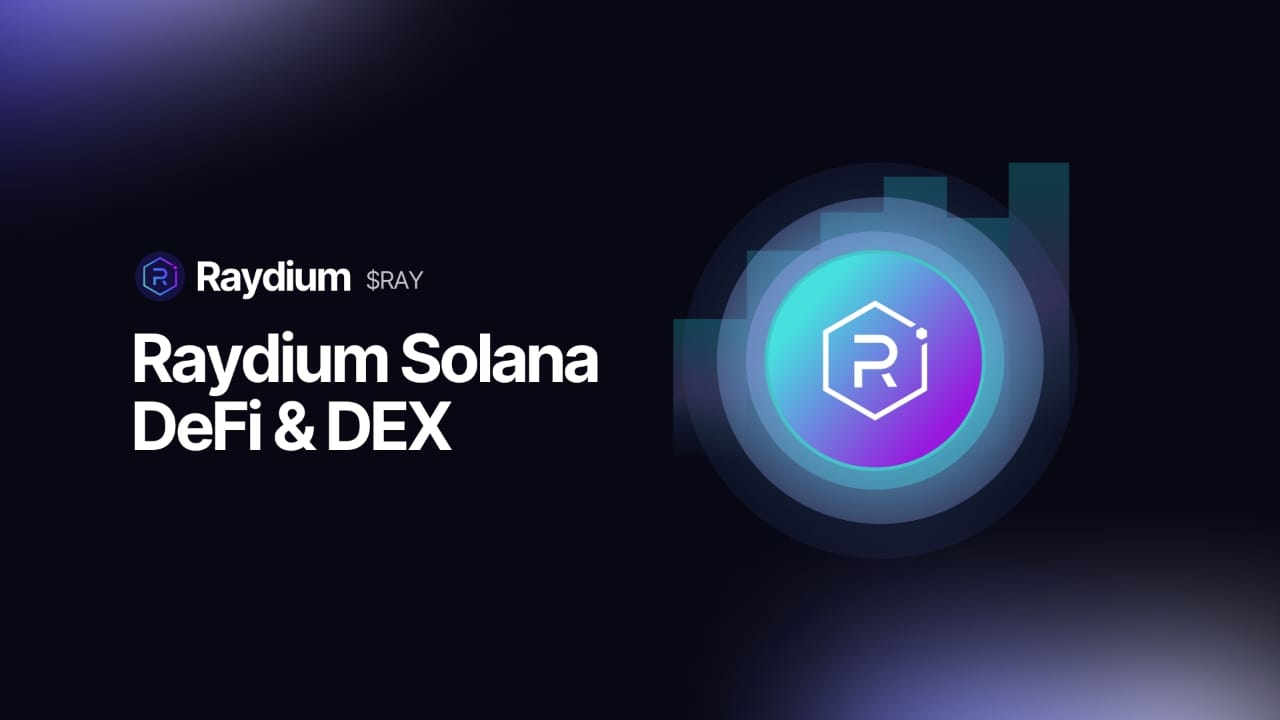
The native token of Raydium, RAY, serves multiple purposes:
Liquidity Incentivization:
Rewards users who provide liquidity to various pools.
Participation in AcceleRaytor:
Allows holders to participate in IDOs and new token launches.
Market Making Fee Capture:
Enables token holders to earn a share of the fees generated by market-making activities .
Governance:
Gives holders voting power in protocol decisions and future developments.
Why Raydium Stands Out ?
Raydium is unique in the Solana ecosystem due to its integration with Serum’s central limit order book, its diverse use cases, and its ability to leverage Solana’s speed and low fees. This makes it a powerful tool for traders and developers looking to build decentralized applications (dApps) in the Solana ecosystem.
Conclusion
Raydium is a key player in Solana's DeFi landscape, offering a unique combination of AMM functionality and order book liquidity. It enhances user experience by providing efficient, low-cost trading and a range of financial services, making it a promising project for both investors and users.

Subscribe to my newsletter
Read articles from Devesh Ochani directly inside your inbox. Subscribe to the newsletter, and don't miss out.
Written by
